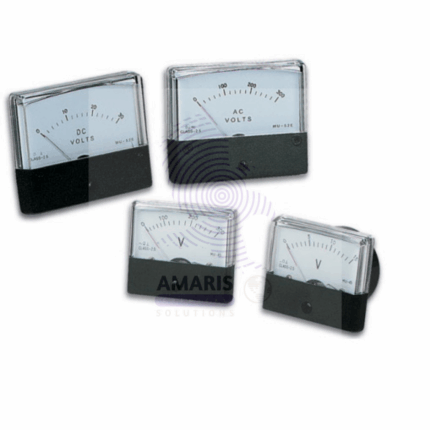
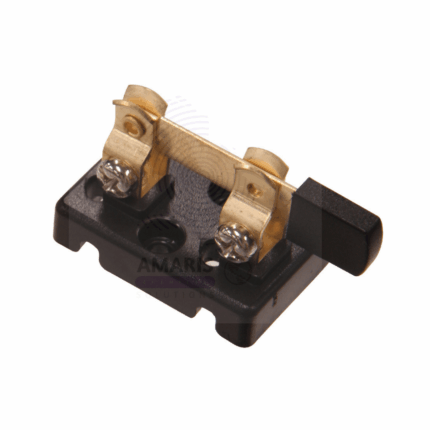
wash glass 50mm 75mm
$150.00 Original price was: $150.00.$100.00Current price is: $100.00.
Washing laboratory glassware is essential to ensure accurate and uncontaminated results in experiments. Here’s a basic guide on how to wash laboratory glass:
- Preparation: Wear appropriate personal protective equipment (PPE) such as gloves and safety glasses before handling any glassware.
- Disposal: Dispose of any chemicals or solutions in the glassware properly according to your lab’s waste management protocols.
- Rinsing: Rinse the glassware with water to remove any remaining substances. Use distilled water if necessary to avoid introducing contaminants.
- Cleaning Solution: Choose an appropriate cleaning solution based on the substances previously in the glassware and the type of contamination. Common options include detergent solutions, acid baths, or specialized cleaning agents.
- Soaking: Soak the glassware in the cleaning solution for a sufficient amount of time to loosen any stubborn residues.
- Brushing: For particularly stubborn residues, use a bottle brush or appropriate cleaning brush to scrub the inside of the glassware gently. Be careful not to scratch the glass.
- Rinsing Again: After cleaning, thoroughly rinse the glassware with water to remove any traces of the cleaning solution.
- Drying: Allow the glassware to air dry or use a clean lint-free towel to dry it manually.
- Inspection: Before storing or reusing the glassware, inspect it for cleanliness. Ensure there are no residues or particles remaining that could contaminate future experiments.
- Storage: Store the clean, dry glassware in a clean, designated area to prevent contamination before its next use.
Wash Glass
- Safety Precautions:
Before handling any glassware, put on appropriate personal protective equipment (PPE) such as gloves, safety goggles, and a lab coat to protect yourself from chemical splashes or other hazards.
- Preparation:
Dispose of any residual chemicals or solutions in the glassware according to laboratory safety protocols. Empty the glassware and rinse it with water to remove any remaining traces of the previous substances.
- Initial Rinse:
Rinse the glassware with tap water to remove any loose particles or debris.
- Cleaning Solution:
Choose an appropriate cleaning agent based on the type of contamination. Common options include:
-
- Detergent Solution: Use a mild laboratory detergent or soap solution for general cleaning.
- Acid Bath: For removing mineral deposits or stubborn residues, immerse the glassware in a dilute acid solution (e.g., nitric acid, hydrochloric acid) followed by thorough rinsing with water.
- Alkaline Solution: Some residues may require alkaline cleaning agents to dissolve effectively.
- Organic Solvent: For removing organic residues, use solvents such as acetone, ethanol, or methanol.
- Soaking:
Allow the glassware to soak in the cleaning solution for a sufficient amount of time to loosen any adhered residues. The duration of soaking depends on the type and extent of contamination.
- Mechanical Cleaning:
Use appropriate tools such as brushes, scrubbers, or pipette cleaners to scrub the interior surfaces of the glassware gently. Be cautious not to scratch or damage the glass.
- Rinsing:
Thoroughly rinse the glassware with distilled or deionized water to remove all traces of the cleaning solution and contaminants. Rinse multiple times if necessary to ensure complete removal.
- Drying:
Air dry the glassware in a clean, dust-free area or use a lint-free cloth or paper towel to dry it manually. Avoid using towels or cloths that may leave lint or fibers on the glassware.
- Inspection:
Inspect the glassware visually to ensure it is clean and free from residues or contaminants. Check all surfaces, including the interior, exterior, and openings.
- Sterilization (if required):
Depending on the laboratory’s requirements and the nature of experiments, sterilize the glassware using methods such as autoclaving, dry heat sterilization, or chemical sterilization.
- Storage:
Store the clean and dry glassware in a designated area away from contaminants and dust. Use appropriate storage racks or containers to prevent breakage and maintain cleanliness until the glassware is needed for the next experiment.


 Emollients
Emollients Humectants
Humectants UV Filters
UV Filters Surfactants (cosmetic)
Surfactants (cosmetic) Preservatives (cosmetic)
Preservatives (cosmetic) Fragrances and Essential Oils
Fragrances and Essential Oils Antioxidants (cosmetics)
Antioxidants (cosmetics)
 Solvents (lab)
Solvents (lab) Chromatography Chemicals
Chromatography Chemicals Microbiology and Cell Culture Reagents
Microbiology and Cell Culture Reagents Biochemical Reagents
Biochemical Reagents Inorganic and Organic Standards
Inorganic and Organic Standards LABORATORY EQUIPMENT & APPARATUS
LABORATORY EQUIPMENT & APPARATUS Spectroscopy Reagents
Spectroscopy Reagents Molecular Biology Reagents
Molecular Biology Reagents
 Precious Metal Extraction Agents
Precious Metal Extraction Agents

 Fertilizers
Fertilizers Plant Growth Regulators
Plant Growth Regulators Soil Conditioners
Soil Conditioners Animal Feed Additives
Animal Feed Additives Biostimulants
Biostimulants
 Dough Conditioners
Dough Conditioners Flour Treatments
Flour Treatments Fat Replacers
Fat Replacers Preservatives (baking)
Preservatives (baking)
 Surfactants (cleaning)
Surfactants (cleaning) Builders
Builders Bleaching Agents
Bleaching Agents Enzymes
Enzymes Solvents (cleaning)
Solvents (cleaning) Fragrances
Fragrances Disinfectant
Disinfectant Metal cleaning
Metal cleaning

 Sealants and Adhesives
Sealants and Adhesives
 Biodegradable Surfactants
Biodegradable Surfactants Bio-based Solvents
Bio-based Solvents Renewable Polymers
Renewable Polymers Carbon Capture Chemicals
Carbon Capture Chemicals Wastewater Treatment Chemicals
Wastewater Treatment Chemicals
 Preservatives (food)
Preservatives (food) Flavor Enhancers
Flavor Enhancers Acidulants
Acidulants Sweeteners
Sweeteners Emulsifiers
Emulsifiers Antioxidants (food)
Antioxidants (food) Colorants (food)
Colorants (food) Nutrient Supplements
Nutrient Supplements Nutraceutical Ingredients
Nutraceutical Ingredients
 Fresh Herbs
Fresh Herbs Whole Spices
Whole Spices Ground Spices
Ground Spices Spice Blends
Spice Blends
 Surfactants(oil)
Surfactants(oil)

 Automotive chemicals
Automotive chemicals Pyrotechnic Chemicals
Pyrotechnic Chemicals


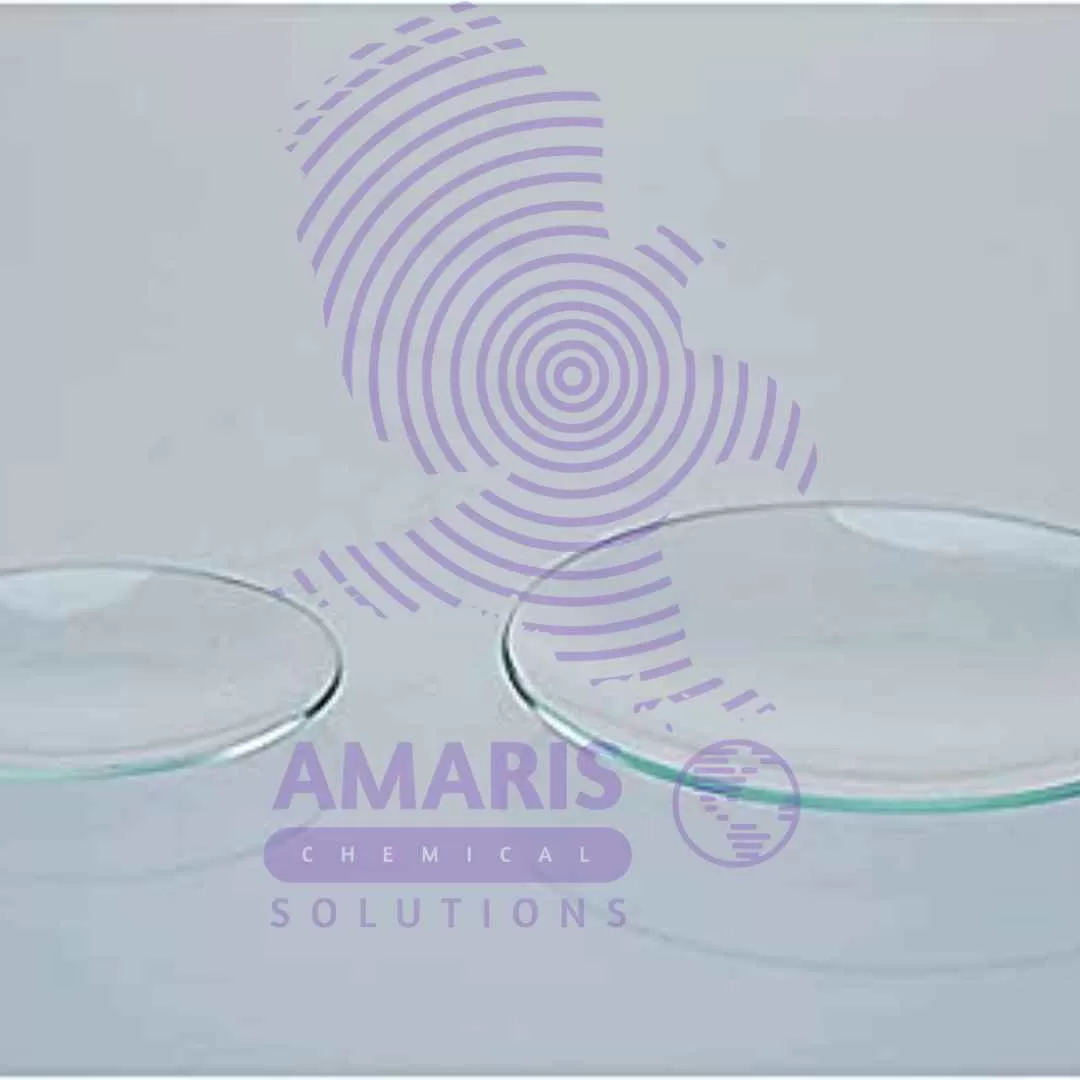

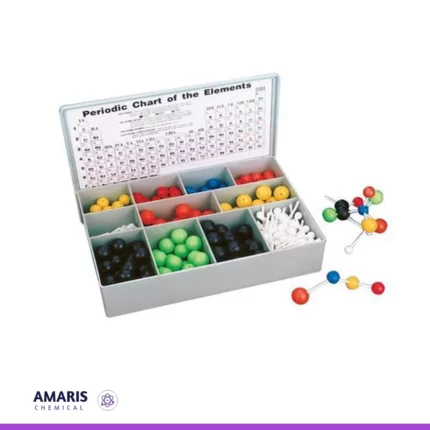
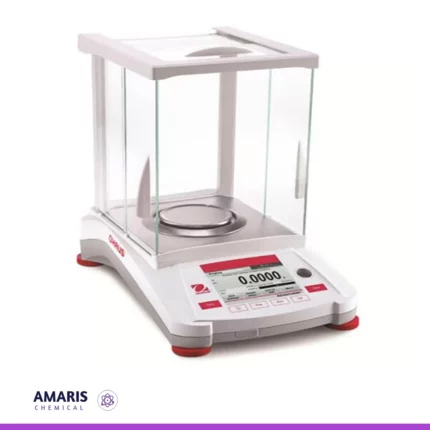

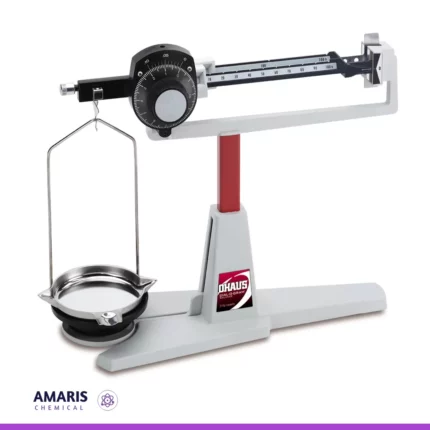

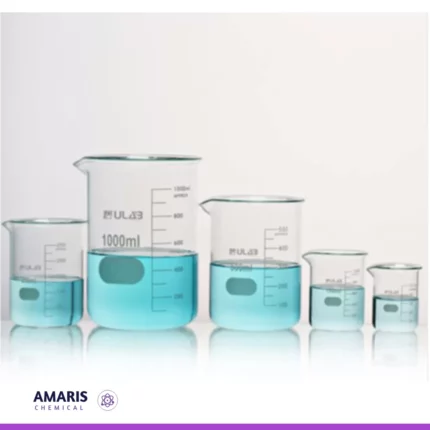
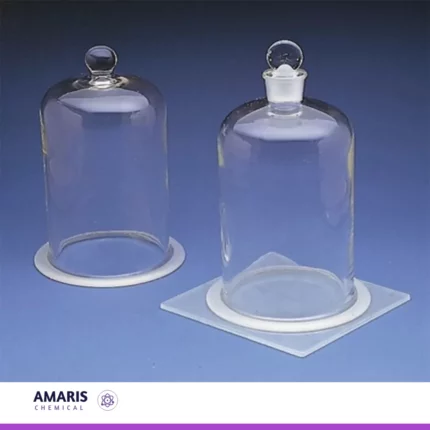













Mana –
The glass material is resistant to most chemicals making it suitable for a wide range of substances.